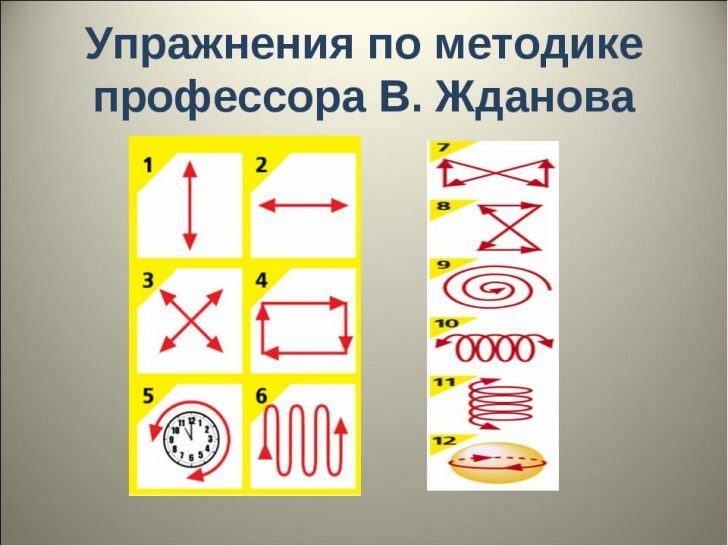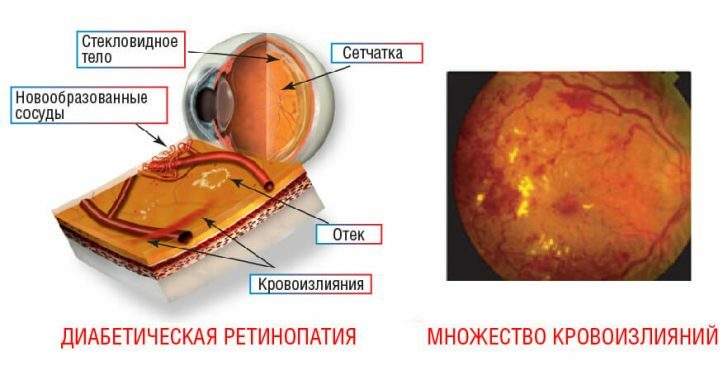Hyperopia: what is it, the causes of development, the first signs and treatment
It's worth mentioning separately that in ophthalmology there is such a thing as presbyopia.It occurs in people aged 40 years and older, is not a pathology and is associated with age-related changes in the organs of vision.Presbyopia is "fatigue" and loss of elasticity of the lens, which is manifested by the inability to view objects at close range. People with presbyopia are easily identified - they read them away from themselves to read some text or consider some small items.
Treatment for hyperopia - modern methods of correction
There are several methods of eye treatment that patients are offered modern medicine.
Laser vision correction for farsightedness
This method is considered proven and the safest. It is used in the following cases:
- the patient's age varies between 18-50 years;
- farsightedness does not exceed +5.0 diopters;
- when combined with astigmatism +3, 0 dioptry.
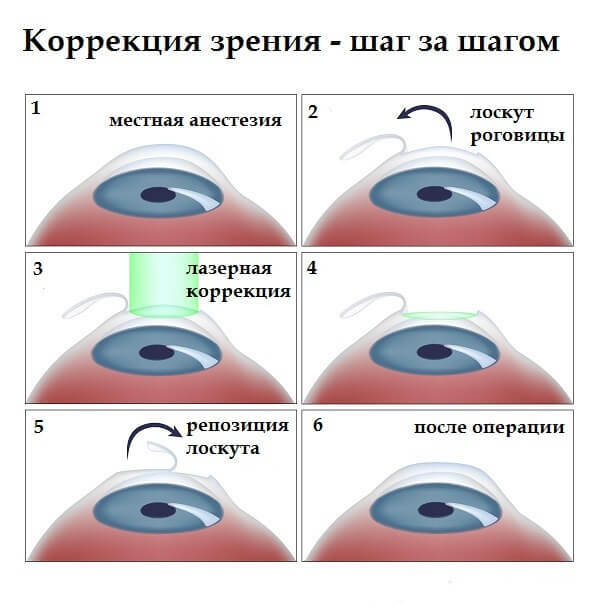
Laser vision correction with hyperopia allows for interventions with due regard for the retina, which leads to maximum results.If there are no contraindications to laser correction, then doctors consider it to be the best option for vision correction in diagnosed hyperopia.
Non-surgical correction: glasses and lenses with farsightedness
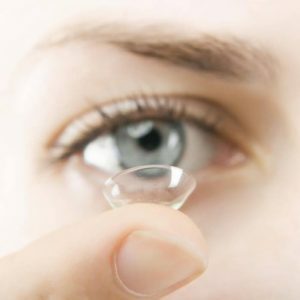 Firstly, these are glasses - it is easy for them to "recognize" a person with farsightedness, since the lenses increase their eyes too much .If the impaired vision is manifested already in childhood, only glasses will help to correct it and prevent the development of stable astigmatism, strabismus and amblyopia.
Firstly, these are glasses - it is easy for them to "recognize" a person with farsightedness, since the lenses increase their eyes too much .If the impaired vision is manifested already in childhood, only glasses will help to correct it and prevent the development of stable astigmatism, strabismus and amblyopia.
Secondly, non-surgical vision correction implies wearing contact lenses.They are in direct contact with the eye and make up with it a single system of vision.By the way, contact lenses in the case of hyperopia are preferable, because they, unlike glasses, do not change the size of the image.
Please note: contact lenses for correction of hyperopia can be worn from adolescence, but only with observance of all rules of their application and hygiene.It is worth emphasizing that the eyes "endure" this method of correction no more than 15 years, and then you will have to give up contact lenses and resort to some other method of vision correction.
Operations of microsurgical type
Such correction implies the following manipulations:
- Replacement of transparent lenses.Doctors during the operation carry out the removal of the lenses and the placement of an artificial intraocular lens in their place.Such operations are carried out if the patient is diagnosed with a strong degree of farsightedness and / or there are contraindications to laser correction.
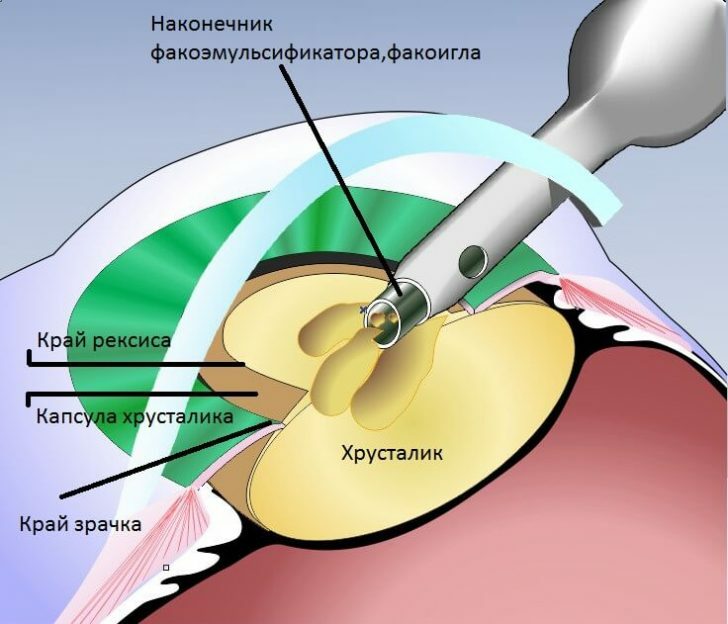
- Implantation of phakic lenses.This correction is carried out only for patients who are at a young age, when the body is still able to fight the problem on its own.This method has not been studied enough - for example, doctors do not know what will happen to these phakic lenses in 10-15 years.

Gymnastics for the eyes
Except for such interventions, hyperopia is corrected by special exercises.There are several complexes of such exercises, only one will be presented in our material:
Exercise No.1
You should perform head turns to the right and to the left.It is necessary to observe the correctness of these turns - the head, the neck should move simultaneously, the view should move with the neck and head, that is, you must always look strictly in front of you.It is not necessary to strain the muscles during the turns, the speed should be slow, the movement smooth.The indicator of the correctness of this exercise: objects that are in the distance, as if moving after the turn, and those objects that are located near - slip aside.
You can not turn attention to foreign movements when turning, because in this case the view will move to them and there will be no effect from the exercise.
Exercise # 2
The following image is needed for execution:

The view needs to be focused on the left point and lead the view by turning the head and neck to the next point, then making a move in the opposite direction.In this case, the view should literally slide along the line.Perform such twists and turns until you get the feeling that the line with the point moves in the direction opposite to the view.
After that, you need to close your eyes for 5-10 seconds and perform the same exercise, but look to focus on the bottom line.
Exercise # 3
Every day you need to read any text for 10-15 minutes, the object should be located at a distance of 20-30 cm from the eyes.Lighting in this exercise should not be bright, it is the dim light with this reading will give a positive effect, because you can achieve complete relaxation of the organs of vision.
Note: perform the exercise without glasses and contact lenses.If you feel fatigue and pain in the eyes, and the time of the exercise is not over, you need to take a short break( literally for 1 minute) and then continue reading.
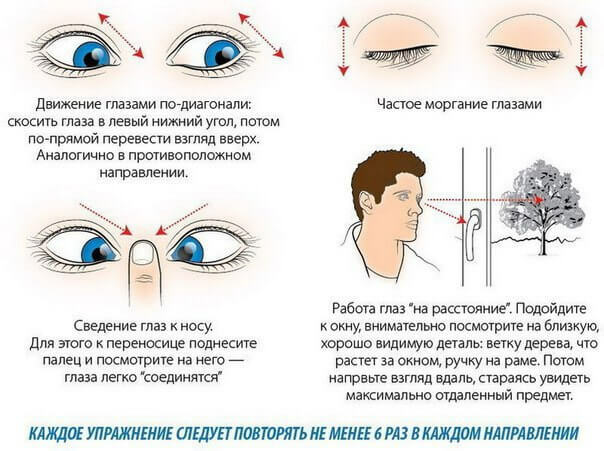
Exercise # 4
You need to take a table to determine the level of vision, hang at a distance of 30 cm from the face.In the hand you need to take a manual table or any text in which between the lines there will be wide white bars.The principle of execution: you need to focus 20 seconds on the letters of the table, trying to "recognize" them, then the view is translated into a manual table - it should slide along white strips between the text.When sliding through the white stripes you need to blink often, but you can not screw up your eyes.
The implementation of the set of exercises presented above, should be regular - every day for 10-15 minutes.The improvement of vision in the farsightedness is possible only if all the exercises are performed correctly and continuously for a long period.Do not expect a quick result - it should take 30-60 days for a person to make sure that gymnastics for the eyes is really effective.
Hyperopia is a visual impairment that requires surveillance by health professionals.Of course, you can buy glasses yourself and try to adjust vision in this way.But this attitude to the problem will be wrong - the condition in question can provoke the development of serious complications, often they are irreversible.Therefore, the first signs of hyperopia are the reason for the visit to the ophthalmologist.
Tsygankova Yana Aleksandrovna, medical reviewer, therapeutist of the highest qualification category

